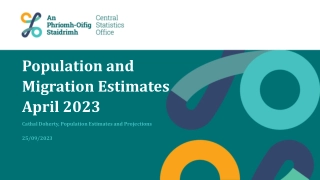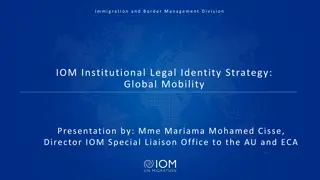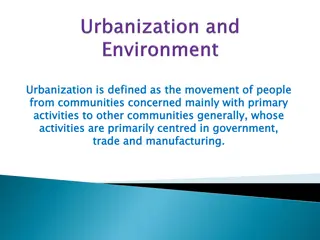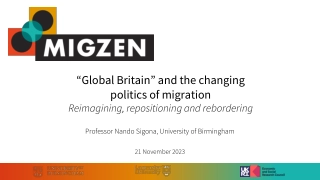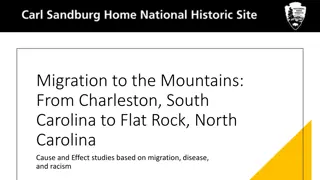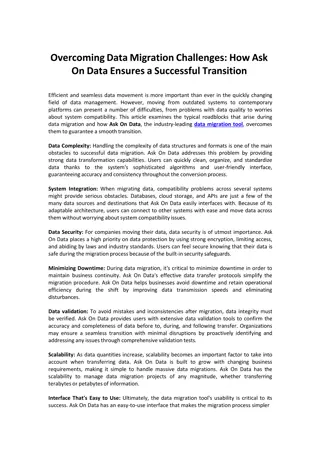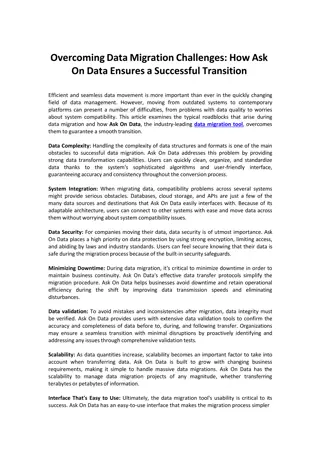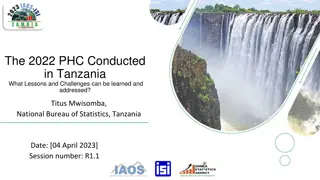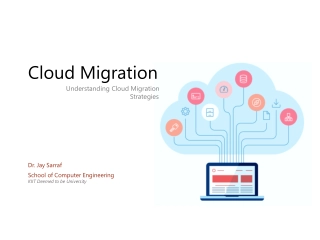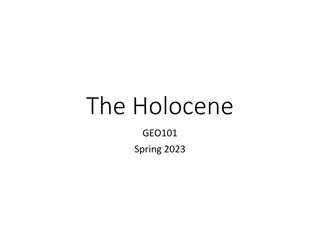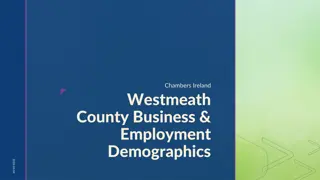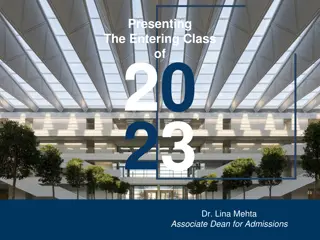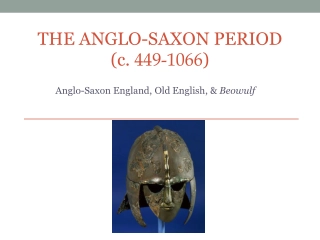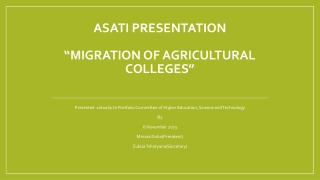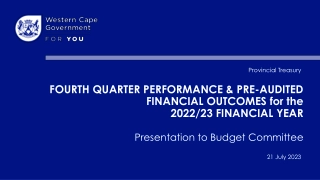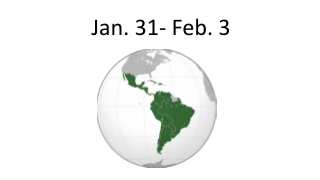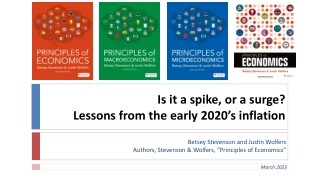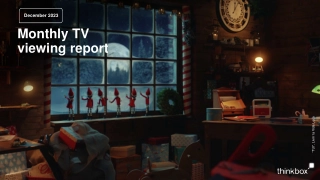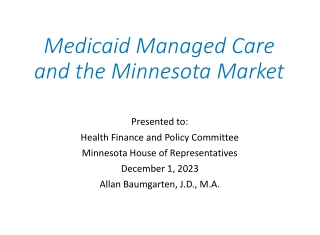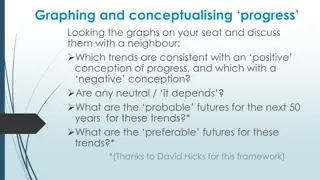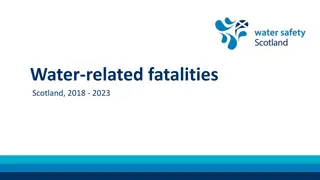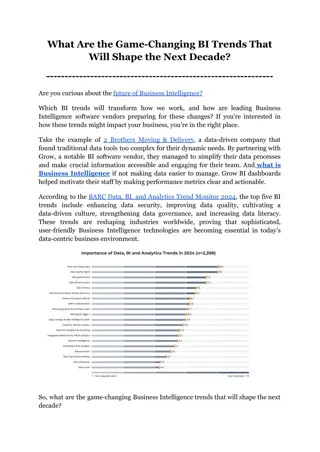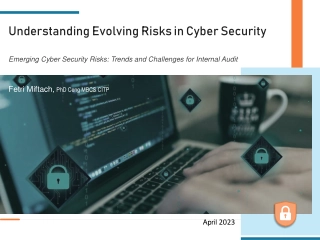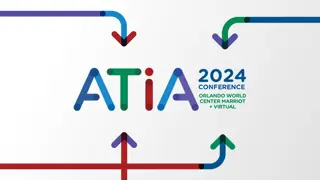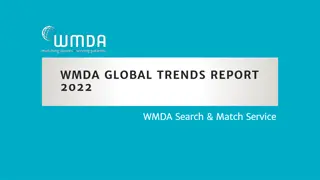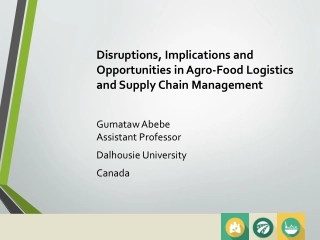Micronesian Milieu: Insights on Demographics and Migration Trends
"Explore the dynamics of population growth, emigration patterns, and job distribution in Micronesia. Debunk common myths surrounding expatriates, job opportunities, and the brain drain phenomenon. Gain a comprehensive understanding of the current socio-economic landscape in Micronesia through data-driven analysis."
Micronesian Milieu: Insights on Demographics and Migration Trends
PowerPoint presentation about 'Micronesian Milieu: Insights on Demographics and Migration Trends'. This presentation describes the topic on "Explore the dynamics of population growth, emigration patterns, and job distribution in Micronesia. Debunk common myths surrounding expatriates, job opportunities, and the brain drain phenomenon. Gain a comprehensive understanding of the current socio-economic landscape in Micronesia through data-driven analysis.". Download this presentation absolutely free.
Presentation Transcript
THE MICRONESIAN MILIEU Myths and Facts About Change Today
Myth #1 The Population Explosion In Micronesia
Population in Micronesia 120,000 100,000 80,000 60,000 40,000 20,000 0 1967 FSM 1973 1980 1988 1994 2000 RMI Palau
Palau Population 20,000 15,000 10,000 5,000 0 1967 1973 1980 1990 1995 2000 Palauan Foreign
Micronesian Emigrants 20,000 20,000 15,000 15,000 10,000 10,000 6,000 5,000 5,000 3,000 0 1980 1985 1990 1995 2000 Palau Marshalls FSM
Today there are about 40,000 Micronesians living abroad. Nearly One out of every Five Micronesians is overseas.
Fertility Rate (Avg Births) Marshalls FSM Palau 1973 6.6 8.4 8.3 1980 4.2 7.9 7.3 1989 3.1 7.2 5.6 1994 2.8 5.7 4.6
Myth #2 Expatriates are taking all the jobs from local people
Foreign Population FSM 2,359 2% of pop RMI 1,147 2% of pop Palau 5,765 30% of pop
FSM Jobs: 1994-2000 Total Population Foreign Population 1994 jobs: 15,791 2000 jobs: 14,943 1994 jobs: 1,744 2000 jobs: 1,346 Job loss: 848 or 5% Job loss: 398 or 23%
Myth #3 The Brain Drain In Micronesia
High School Diploma: Percentage at home and abroad 80 70 60 50 40 30 20 10 0 FSM RMI Palau Residents Migrants
College Degrees: Percentage at home and abroad 12 10 8 6 4 2 0 FSM RMI Palau Residents Migrants
Myth #4 The Economy Needs Only A Strong Industry
FSM Economy Total GDP $215 million Government Wholesale/Retail Subsistence Fishing, Tourism, Agriculture 42 % 22 % 16 % 5 %
Gross Domestic Product (Total and Per Capita for 1998) FSM $216 m $2,045 RMI $102 m $1,623 Palau $160 m $8,806
FSM: Subsistence Economy 45 % of FSM people live off the land They account for 15 % of entire economic output They need a cash crop for spending money Environmental pressure as a result
Myth #5 Education Is the Sure Path to a Good Job
Employment in FSM & RMI 18,000 16,000 14,000 12,000 10,000 8,000 6,000 4,000 2,000 0 1960 1965 1970 1975 1980 1985 1990 1995 2000 FSM RMI
Facts on Education School enrollments peaked in 1990s Standards are still low in comparison with Guam, CNMI, and Hawaii Dropout Rates are still high: 1 of 2 graduate in Palau 1 of 3 in Yap 1 of 4 in Pohnpei and RMI 1 of 6 in Chuuk
High School Graduates 1500 graduates a year (FSM, RMI, ROP) 100-200 new jobs a year open, most of them in Palau 2500-3000 yearly leave Micronesia to live abroad
The Truth of the Matter Most high school graduates find jobs overseas The jobs are unskilled, entry-level Education is important for their job advancement and also for those who choose to remain at home.
Myth #6 The Loss of Catholics to the Small Sects
Catholic Church Membership (Percentage in 1973 and 2000) 60 53 50 50 42 41 40 30 1973 20 8.5 8.3 10 2000 0 FSM RMI Palau
Protestant Church Membership (1973-2000) 1973 2000 FSM 47% 40% RMI 90% 55% Palau 25% 23%
Other Churches (in FSM between 1994 and 2000) Baptist and Mormons decreased a bit SDA increased by a couple of hundred members Assemblies of God grew by nearly 1300 members
Myth #7 Family Breakup is More Common Today than Ever Before
Changes in Marriage The transition from arranged marriage to individual choice of spouse began before the war. By the late 1940s most young people were choosing their own spouses.
Divorce Rates Breakup common in post-war years Average of 2-4 marriages in Yap Outer Islands and Majuro. Perhaps more in Palau and Yap Long settling down period for young people
Divorce Rate: Chuuk and US Informal sample in Chuuk: one of seven marriages break up Figures in US: nearly one out of two marriages break up
IMPORTANT CHANGES TODAY FAMILY LAND CONFLICTS CUSTOM INDIVIDUALISM
In a traditional society 1.Kin worked land together 3. Cooked & ate together 2. lived together
In the cash economy More people get jobs Canned mackerel and now have the ability to support themselves... rice not from land but from the food they buy rice Canned mackerel Canned mackerel rice
Childrearing now concentrated on mother & father
. . . and the safety net of the united village Is gone.
But the smaller family must also provide its own resources and so parents spend more time away from home earning cash.
Disputes within the family are not settled as easily as in the past Today .. In the past . x Lineage head Settled disputes dispute For example, between brothers
Authority gap grows Between father & son
The effect of the growing gap between father and son And the shortage of older relatives to intervene in family conflicts Is sometimes SUICIDE
Another Effect: MORE WIFE BEATING X X X The brothers don t help They no longer have the same responsibility for their married sisters.
Womens workload increases Less help from her husband, if he works away from home Less help from her extended family
CHANGING LAND PRACTICES
Traditional Society: people had mystical ties with their land Symbolized by: burial of umbilical cord at birth And burial of body at death
Today, land is bought & sold for cash
Land ownership shifts From corporate To individual
Land inheritance patterns change To FATHER FATHER- -SON From LINEAGE LINEAGE SON


